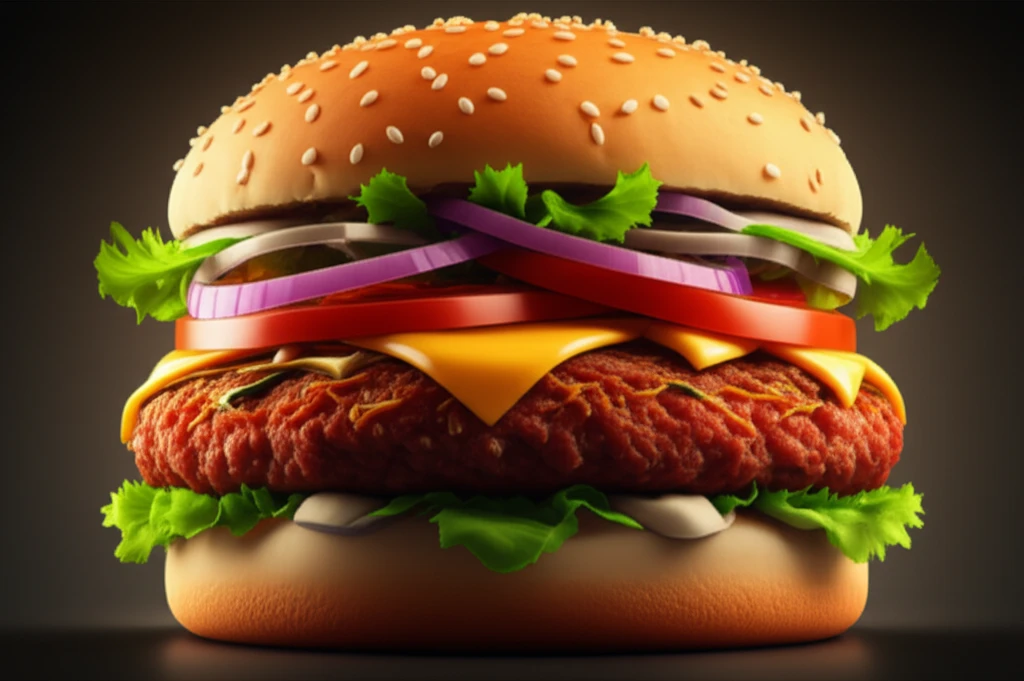
Slim Down Your Burger: The Ultimate Guide to Low-Fat, Fiber-Packed Patties
"Discover how to create delicious and healthy low-fat beef burgers with added dietary fibers, boosting nutrition without sacrificing taste."
In today's health-conscious world, many people are seeking ways to enjoy their favorite foods without compromising their well-being. High fat intake is linked to increased risk of obesity and heart disease, prompting a search for healthier alternatives to traditionally fatty foods like beef burgers. But how can you reduce the fat content without ending up with a dry, tasteless patty?
One promising solution lies in the incorporation of dietary fiber. Adding fiber to low-fat meat products can help retain moisture, improve texture, and even mimic some of the desirable qualities of fat. This approach not only reduces the saturated fat content but also boosts the overall nutritional value of the burger.
This article dives into the world of low-fat beef burgers, exploring how different types of soluble and insoluble fibers—inulin, fructooligosaccharide, oat fiber, and wheat fiber—affect the final product's taste, texture, and overall acceptability. Get ready to discover the secrets to crafting guilt-free burgers that don't compromise on flavor!
Fiber Face-Off: Soluble vs. Insoluble

Dietary fibers are broadly classified into two categories: soluble and insoluble. Each type offers distinct technological and physiological benefits. Soluble fibers, like inulin and fructooligosaccharides, are known for their ability to lower LDL cholesterol levels, which can help prevent chronic diseases. They also increase viscosity and create a gel-like structure, potentially improving the burger's texture without negatively impacting taste.
- Inulin & Fructooligosaccharides: May enhance texture, lower cholesterol.
- Oat Fiber & Wheat Fiber: Improve water retention, aid digestion.
The Verdict: Fiber-Rich Burgers for the Win!
The study revealed some fascinating insights. Burgers with soluble fibers (fructooligosaccharide and inulin) at both 3% and 6% concentrations showed no significant difference in yield compared to the control. Insoluble fibers (oat fiber and wheat fiber) at a 6% level led to higher yields and increased hardness, but wheat fiber at 6% received the lowest scores for overall acceptance.
Interestingly, adding dietary fibers didn't affect TBARS values (a measure of lipid oxidation), suggesting that these fibers don't compromise the burger's freshness. The standout performer was inulin at a 6% concentration. It earned the highest scores across all sensory attributes, making it the best alternative for crafting a delicious and healthy low-fat beef burger.
So, the next time you're craving a burger, consider adding 6% inulin to your patty mix. You'll be boosting your fiber intake and cutting down on fat without sacrificing the juicy, flavorful experience you crave. It's a win-win for your taste buds and your health!
